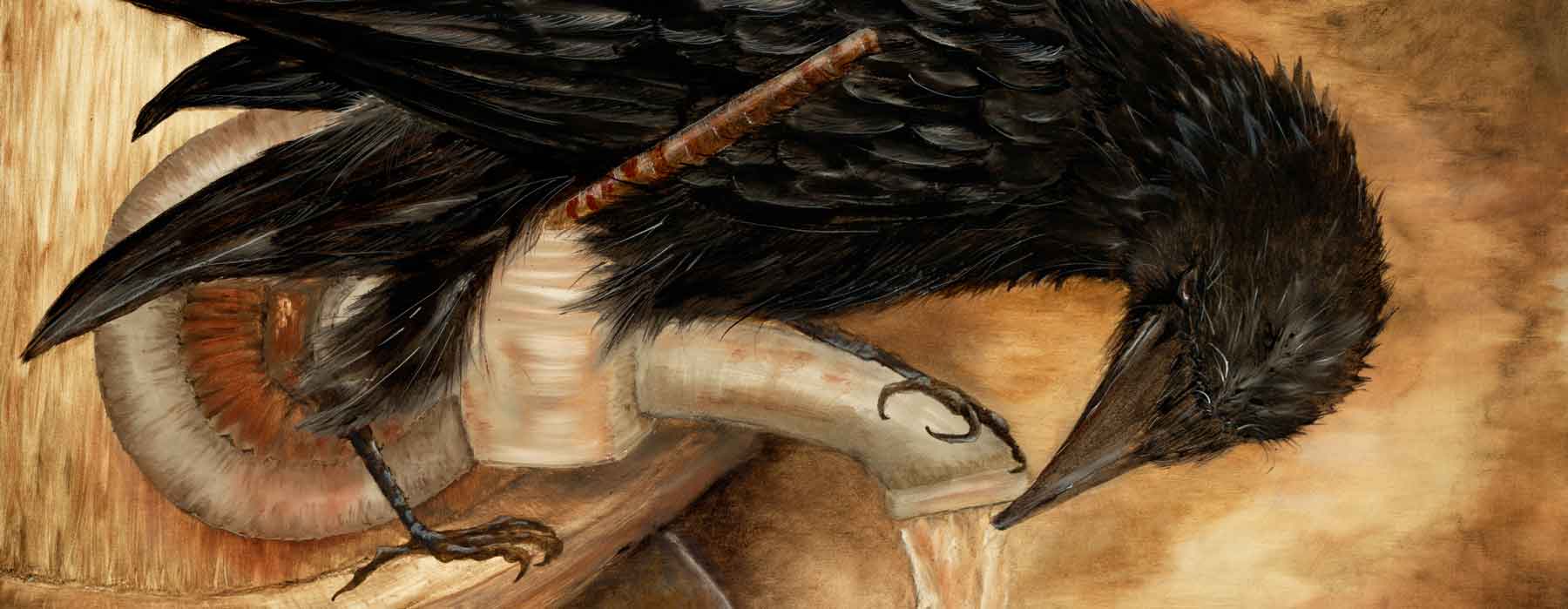This month’s Star Plant Guesser is Janet Webb, who correctly identified May’s Mystery plant as Poison Hemlock (Conium maculatum).
Each month, around the middle of the month, I’ll post a plant ID challenge for readers to test their identification skills.
Every day until someone correctly guesses the true name of the mystery plant, I’ll post a new clue.
May’s Mystery Plant: First Clue for the Plant ID Challenge
First clue is just the photo. The first clue will always be just the photo 😉
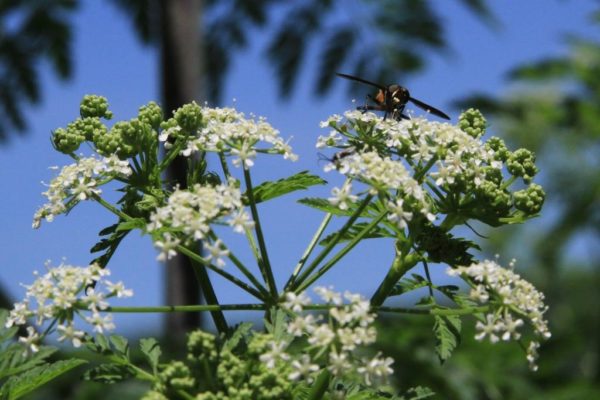
Check back tomorrow to see if anyone guessed it, or to get the next clue!
Already a Winner!
Gosh, I didn’t even get to sleep yet when Janet Webb guessed correctly that this is Conium maculata, or poison hemlock.
But wait!
Another contestant from the FB page commented that it might be “Water Hemlock”. Well, are these two the same, or not? Without a scientific name, it’s hard to say.
So I started doing the research. Turns out they are NOT the same, and that this plant I thought is plain old poison hemlock might actually be water hemlock, or Cicuta douglasii.
More Hemlock Clues and Pictures Anyway
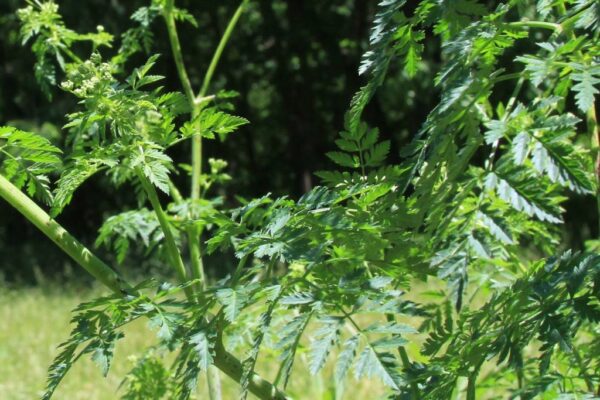
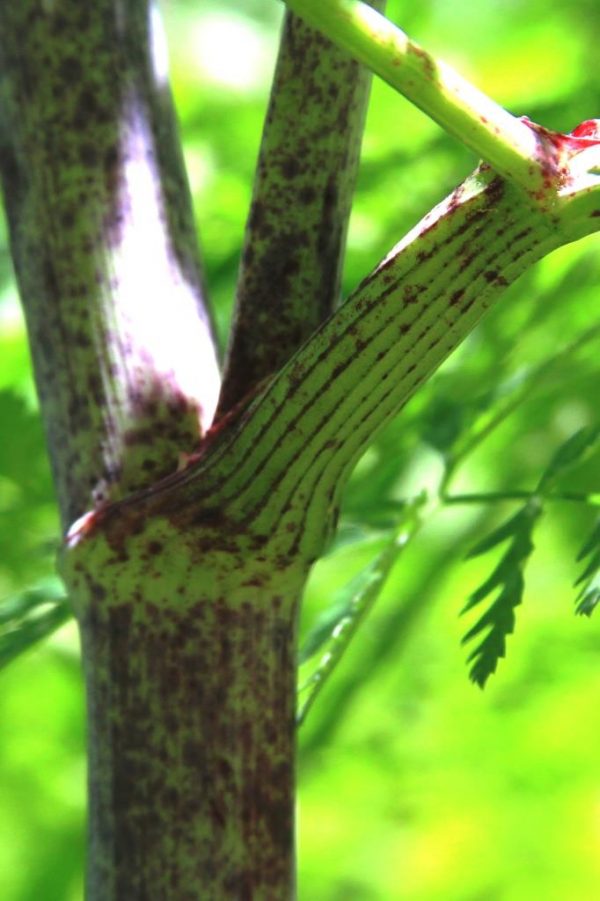
Death by Different Mechanisms
Both poison hemlock and water hemlock are often fatal if eaten by humans. It’s probably more often fatal than not, especially if the person isn’t somewhere that knowledgeable help is nearby.
The toxin in water hemlock (Cicuta douglasii) causes seizures, foaming at the mouth, anxiety, and death after a while. It’s the root that’s the culprit in this one, which is the part most likely mistaken for the wild carrot. Horses sometimes accidentally pull up the plant when grazing near water. The toxins are less concentrated in other parts of the plant.
Poison hemlock (Conium maculatum) is the herb used by Socrates to kill himself. The death is not pleasant, as it paralyzes from the lower extremities and creeps higher until the diaphragm loses the ability to cause the lungs to take in a breath. The victim is still conscious and alert at this point. The whole plant is toxic, but the seeds contain the highest concentrations.
Sometimes animals only eat a little and do survive afterwards. The ones who survive at least 8 hours after are more likely to live. Pregnant animals who survive often deliver deformed offspring.
My short story Ozark Pixies features the poison hemlock in place of wild carrot. It’s a free read everywhere except Amazon.
Why would anyone eat it?
Wild carrot looks a lot like both of these plants, and it’s a wild edible (and medicinal). The scientific name for that one is Daucus carota. It’s also known as Queen Anne’s Lace.
Here’s a pic of that flower.
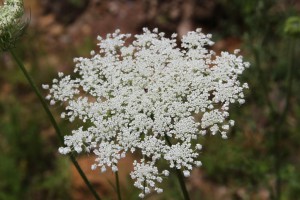
They’re all three in the same family, the Apiaceae or Umbelliferae family, also sometimes called the ‘carrot’ family.
While the poison hemlock is also medicinal in tiny doses, the danger of death is so great that I wouldn’t use this one at all. There are safer alternatives.
